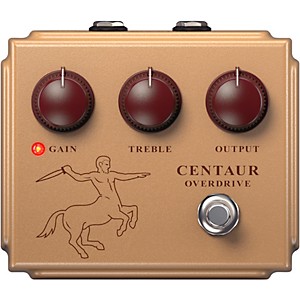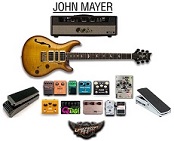Choosing recording studio near-field monitors can be a hard task given all the choices on the market. With a little knowledge about what's out there, buying recording studio monitors can go from scary to fun and exciting. Read further for info and tips on buying studio monitors. Adding to your beautiful music gear collection has never been this fun!

The first question we should answer is "Why do I need studio monitors? Can't I just use the speakers that came with my nice stereo system?"
Of course, you CAN use any pair of speakers to do your studio mixes. The problem is that most commerical speakers have a tailored frequency range that enhances audio to sound good. This means that the audio you hear from the commercial speakers (like the one's that came off your Sony stereo) may not be reproducing the sounds as true as they could...or in recording studio terms, with a "flat frequency response".
The reason I say you can mix or master with any set of speakers is because you could mix the next grammy award winning album on a $10 set of speakers. Wow...stop the presses, what!? It is all about how well you know the speakers you are mixing on and how your mix will translate from those speakers to other speakers in the world. If you have a set of speakers that do a funky thing with the bass, but you are well aware of this and you know exactly how to get the bass to sound on those speakers so it will sound good on any speaker, then you are all set. One of the most popular studio monitors of all time is the Yamaha NS10m monitor:

The NS10m monitor was so popular because if your mix sounded good on them you knew it would sound good anywhere. I remember hearing the NS10m for the first time - they didn't have great bass response and were not blow-you-away sound. However, so many studio people, mixing engineers, were used to mixing on them, they became very popular. A lot of time in studio pictures you'll see that people have a set of NS10m's AND a higher quality set of monitors. They check the mixes on both sets - a great idea. When you are mixing, you want to listen to your mix on a bunch of different speakers, ranging from cheap to high quality to see how your mix translates. One trick I use is to bring my mix into a big audio retailer on a CD. I then ask if I can demo out different systems - what better way to have free access to all sorts of speaker systems?
Let's talk about what you should look for in a studio monitor (go to next page)



